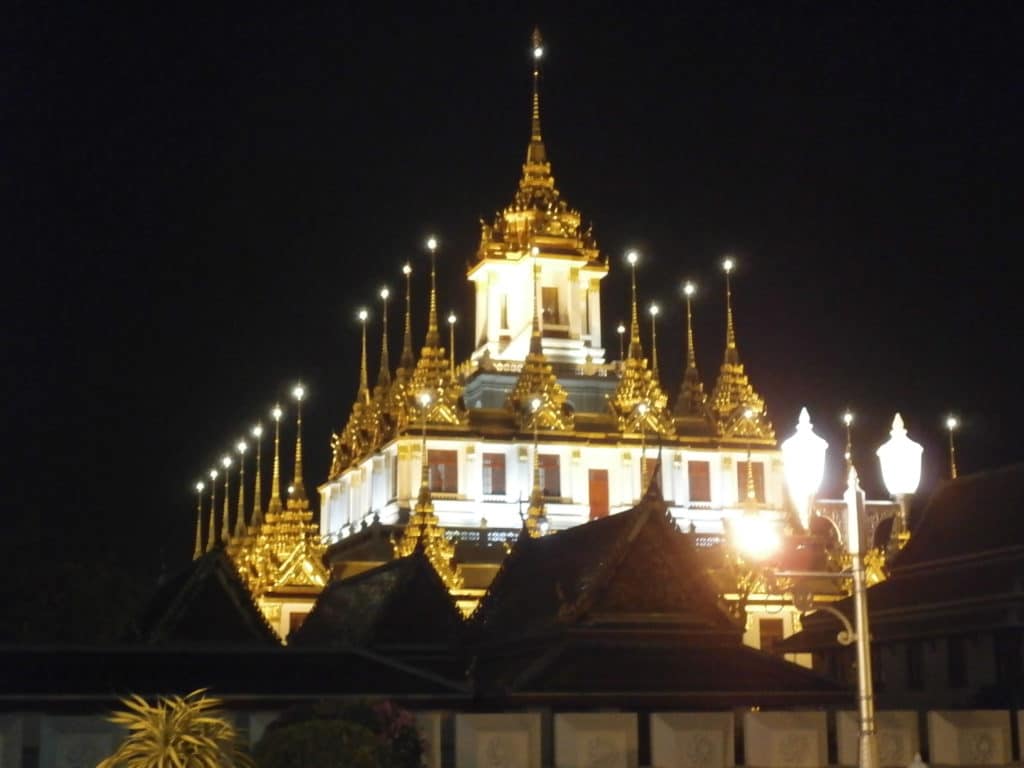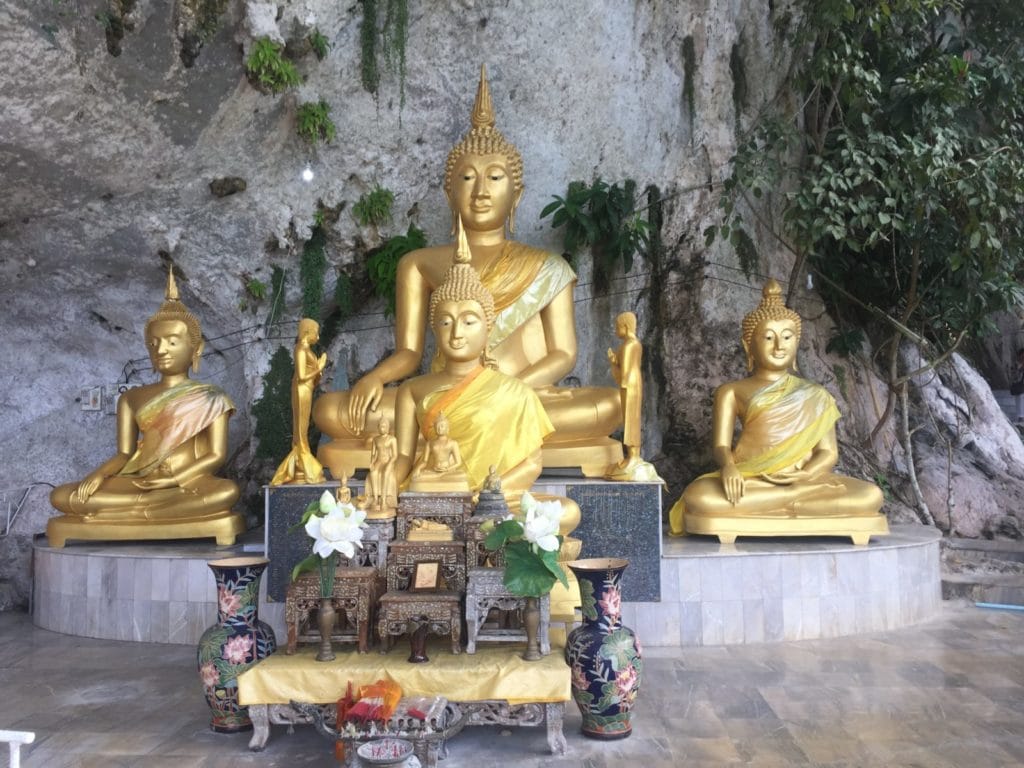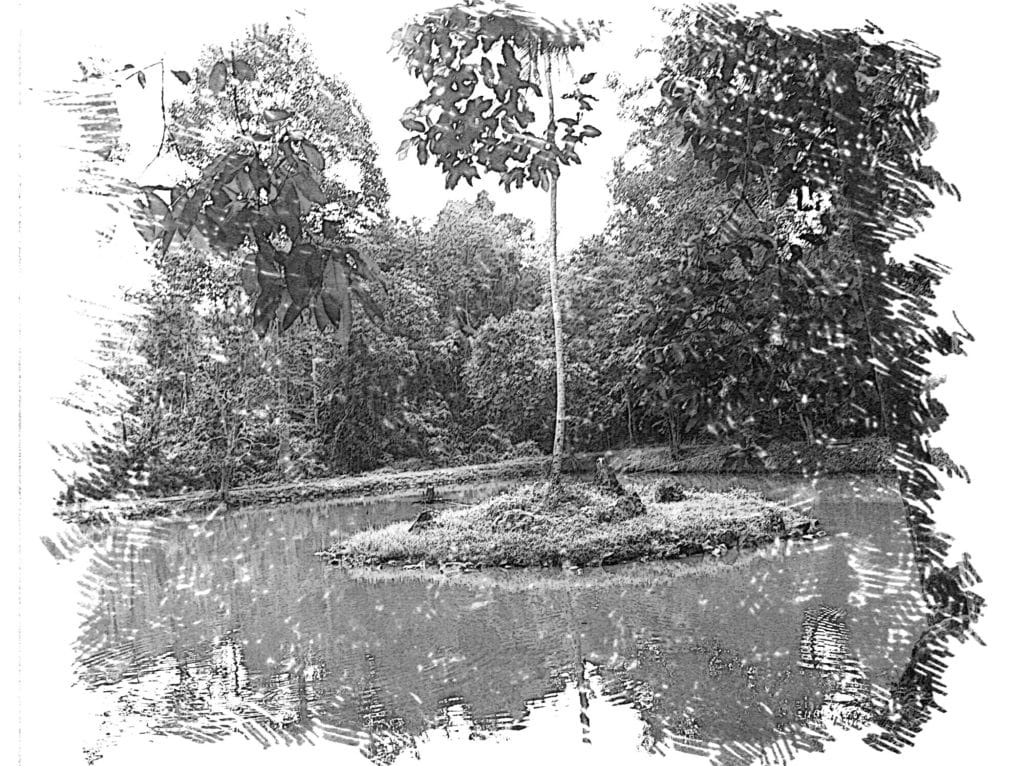Investigation of phenomena or dhamma vichaya
Vichaya simply means searching, researching, testing. But often, how we understand the words and what they should originally mean does not coincide. Namely, when we hear the word “research” or “examination,” we immediately have an association of strictly cerebral activity, as with scientific work. But in the sphere of meditation, research does not mean discovering the right answer, as when solving mathematical tasks, and at the end of the book, we have solutions. We are exploring the nature of reality. It is important is that we are curious and interested in what the truth is about this reality. And we find it not through thinking, cognition, but through direct experience, which is deeper than that cognition process.
If you want to find how to wake up your mind and shape the path to mindfulness, at the first step, consciousness (Sati) places a certain phenomenon, or part of our experience, in the focus of attention. And then, from that awareness, another quality, observation, careful research, and a clear understanding (sampaññña) naturally arises from this consciousness. Consciousness is closely related to wisdom because it allows our natural wisdom to understand the experiences through which we pass, draw out the conclusions about them, and then direct our actions to the well-being, not to stress, craving, fear, or anger. This wisdom is based on reminding and clearly distinguishing what is beneficial to our happiness and what is harmful. This element of wisdom is not an intellectual, speculative exercise, but descent to the very root of things, to understand what the cause of our suffering is and how it ends.
Awareness of the motive
All harmful acts by body, speech, and thought originate from greed, hatred, and deception. That is why honesty is necessary to us and openness if we want to maintain this quality in our lives, to see the different motives that are in our day. For example, consider the state of mind when you are about to eat. Are you saddened like when you are focused on the breath, or are they pushed forward by the desire and anticipation of pleasure? Check the motives before you say something. Are they coming out of the desire to inform and help you or want to impress, dominate, hurt? Whatever we find, it is important to resist blind reactions, self-criticism, or self-deception.
Identifying habits that create suffering
This wisdom that sees the truth plays an important role in all those situations when we are affected by the storm of overwhelming emotions or when we act guided by egoistic urges. When we are unhappy, the first reaction is despair. We ask: “Why me?” As if our suffering is more without reason than someone else’s suffering. But there are only two types of suffering. The one that leads to even more suffering and the other that leads to its ending. Are we able to first convert ourselves to another, turning suffering into a lesson and a liberating experience, instead of losing ourselves in automatic reactions? That helps us by asking ourselves: What is happening here? It is a matter of the very nature of emotion so that we can then see how we relate to that emotion. Do we regard it as “I” and “mine”?
Sometimes simply recognizing what our emotions are can be enough to get to the place of acceptance of true nature of emotion and then leaving. Because when we acknowledge the experience of the present moment, without the desire to be different, it is an act of acceptance: “Yes, this is what it is.” From that point of acceptance, we find it much easier to see the transient, inevitable nature of emotion, and free ourselves of identifying with it. Let emotion be and go its course. Release and Leave.
Understanding the nature of thought
We are constantly learning how to wake up your mind and shape the path to mindfulness. One of the aspects of our study that most contribute to liberation comes from the research of our thoughts. We are mostly lost in the movie that takes place in our heads, so we are not even aware that we are thinking. But how do we become aware of this thought process, and how it becomes more and more the object of consciousness, so we begin to perceive what we think, the content of the thought, that at a deeper level, wisdom will perceive the transient, efficient nature of the very thought itself.
It’s like watching a rainbow. We can be delighted with it and wish that we always look at it, that we have it forever. But this is, of course, impossible, because it is created based on causes that we can not control. Our thoughts are like a rainbow. They do not arise by our will. Also, they do not have any tangible reality or essence. There is no reason to take each of them seriously or to have such power over us. When we realize that thoughts are only empty phenomena, the mind no longer has the power to deceive us. But as long as we consider our random thoughts something real, they continue to crush us, as so many times before ruthlessly.
Investigating the process in the mind and body
With strong consciousness as the basis, investigating phenomena as an element of awakening also explores the basic nature of our mind and body. In doing so, they focus more on the process than on any content. As Buddha said: “When one perceives impermanence, then the insight into the absence of a lasting self is also recognized. The one who sees the non-self is removing the deception of “I am.” It means Nibbana already in this life. You will this way wake up your mind on the path to mindfulness.
So, we live in the mind of the created world of self, our images, and roles in this world. It is the idea of ourselves that we represent to others, which we believe defines us. And as soon as we identify with any role or image, it immediately represents a limitation. Like a mold in which we try to smother ourselves, and it feels weird. This mold also includes our spiritual practice. Then, we speak of ourselves or others as good or bad meditators. As someone who is behind our experiences, to which all of them are happening. So, we do not see that all these qualifications are just constructs in an attempt to somehow express the extremely complex interactions of transient phenomena.
In my next post, I will investigate energy (Viriya) and joy (pīti)
I would love it if you leave comments or suggest what you would like to read in the next posts. I will also appreciate it if you help me improve on describing this topic by sharing your thoughts and remarks.
Read the first part of this topic here.
If you want to learn more
You can learn much more about mindfulness meditation and how to achieve peace of mind in my books. You can check out my other post about Mindfulness and about Living in the present.
Share



